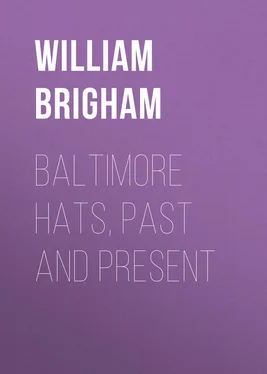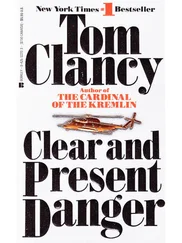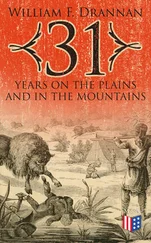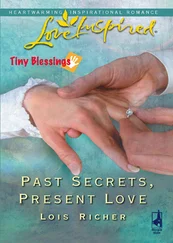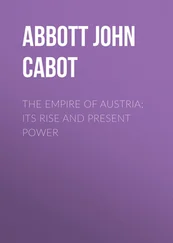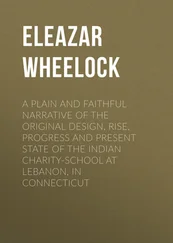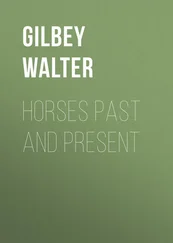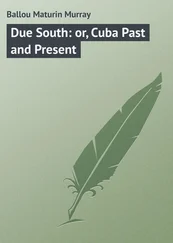William Brigham - Baltimore Hats, Past and Present
Здесь есть возможность читать онлайн «William Brigham - Baltimore Hats, Past and Present» — ознакомительный отрывок электронной книги совершенно бесплатно, а после прочтения отрывка купить полную версию. В некоторых случаях можно слушать аудио, скачать через торрент в формате fb2 и присутствует краткое содержание. Жанр: foreign_antique, foreign_prose, на английском языке. Описание произведения, (предисловие) а так же отзывы посетителей доступны на портале библиотеки ЛибКат.
- Название:Baltimore Hats, Past and Present
- Автор:
- Жанр:
- Год:неизвестен
- ISBN:нет данных
- Рейтинг книги:3 / 5. Голосов: 1
-
Избранное:Добавить в избранное
- Отзывы:
-
Ваша оценка:
- 60
- 1
- 2
- 3
- 4
- 5
Baltimore Hats, Past and Present: краткое содержание, описание и аннотация
Предлагаем к чтению аннотацию, описание, краткое содержание или предисловие (зависит от того, что написал сам автор книги «Baltimore Hats, Past and Present»). Если вы не нашли необходимую информацию о книге — напишите в комментариях, мы постараемся отыскать её.
Baltimore Hats, Past and Present — читать онлайн ознакомительный отрывок
Ниже представлен текст книги, разбитый по страницам. Система сохранения места последней прочитанной страницы, позволяет с удобством читать онлайн бесплатно книгу «Baltimore Hats, Past and Present», без необходимости каждый раз заново искать на чём Вы остановились. Поставьте закладку, и сможете в любой момент перейти на страницу, на которой закончили чтение.
Интервал:
Закладка:
The French fashion of this time had the brazen characteristic of its brim rising erect from the forehead, a style seemingly in keeping with the then irritable condition and reckless agitation of the French people.
Planché, in his "Cyclopædia of Costumes" (vol. 1, page 261), quotes a humorous description, evidently referring to this particular style, as follows: "Some wear their hats with the corners that should cover the forehead high in the air, these are called Gawkies; others do not half cover their heads, which, indeed, is owing to the shallowness of their crowns, but between beaver and eyebrows exposes a blank forehead, which looks like a sandy road in a surveyor's plan."
From the year 1750 until after the Revolution there was but little change in the general character of style in men's hats: the custom of erecting the brims by tying or looping them up prevailed. Soon the elevation of the brim of 1750 was abandoned and a change made by looping it at the points of a triangle, producing the three-cornered or "cocked" hat. This was a becoming style we must admit, and one seemingly well suited to the independent, fearless and patriotic characteristics of our forefathers' traits, the possession of which at that time gave us all the comforts that are ours now. The "cocked" hat enjoyed a long popularity, continuing in fashion until near the close of the century, when the "steeple top" and "chimney pot" styles – slang terms for the high beavers – came into vogue, a style which Ashton, an English writer, designates as "the hideous head-covering that has martyrized at least three generations."
Departure from settled and accustomed styles created the same furore and astonishment, and subjected the venturesome individual whose inclinations led an advance in fashion to the same exposure to ridicule as affects the "swell" of the present day, and the reporters of "society doings" then were as close observers, as keen in wit, and as unmerciful in criticism as any of their kin to-day. Planché, quoting from the London Chronicle for 1762, refers to fashion of hats at that time as follows: "Hats," says the writer, "are now worn on the average six and three-fifths inches broad in the brim and cocked. Some have their hats open like a church spout or like the scales they weigh their coffee in; some wear them rather sharp like the nose of the greyhound, and we can designate by the taste of the hat the mood of the wearer's mind. There is a military cock and a mercantile cock, and while the beaux of St. James wear their hats under their arms, the beaux of Moorfields-Mall wear theirs diagonally over the left or right eye; sailors wear their hats uniformly tucked down to the crown, and look as if they carried a triangular apple pasty upon their heads."
That "there is nothing new under the sun" is a maxim the truth of which is often verified within the limits of fashionable manners; thus the counterpart of the present captivating custom of carrying in the public ball-room or at the private party the collapsed "opera" hat under the arm is seen in the fashion of 1762, the only difference being, not as now, to doff the hat in the house, but when promenading the street the beau was to be seen with
"A pretty black beaver tucked under his arm,
If placed on his head it might keep him too warm."
The folded hat of 1762 differed from the opera hat of the present day also in the softness of the crown, permitting its being flattened, and the brim, as if hinged front and rear, folded at the sides like the corners of a book, while the present opera hat, constructed with jointed springs, allows its cylindrical crown to be flattened down to a level with the brim, which keeps its fixed shape.
Scharf's "Chronicles of Baltimore" give the copy of an inventory made in the year 1779 of the personal effects of one Thos. Edgerton, a citizen of the Province of Maryland, and among them is his hat, described as having a gold band and feathers. This hat evidently was the celebrated cavalier style that appears in many of the portraits of Rubens, Vandycke and Rembrandt, of all styles the prettiest and most picturesque ever introduced.
The wide brim of the cavalier hat was arranged as suited the fancy of the wearer, some of whom allowed it to take its natural shape, some would wear it looped up on the side, and by others it was caught up and attached to the crown at different angles; in fact, it was modeled very much as the ladies now-a-days do the "Gainsborough," exercising their own individual fancy as to the treatment of the brim.
Identical with the interests of Baltimore were the industries of other towns of the colony of Maryland, and among the earliest records referring to the hat business are several advertisements found in the Maryland Gazette , published at Annapolis. In February, 1760, Chas. Diggs advertises "men's and boys' castor and felt hats." In 1761 Barnet West advertises "gold and silver band hats, just imported from London," and in April, 1761, appears the advertisement of Nathaniel Waters, of Annapolis, who announces that he has for sale "silver and gold buttons and loops for hats, and that he carries on the hat-making as usual."
About this time Annapolis, being in her palmy days, was the center of gentility and fashionable life; here was congregated the blue blood of English aristocracy, who strove to foster and cultivate the same courtly splendor and etiquette existing in old England, which brought to the venerable place the enviable fame of being considered the most fashionable of our colonial towns.
PERIOD OF THE REVOLUTION
ANindulgence of those inborn habits of luxury and fondness for rich and expensive dress by the wealthy land owners, comprising the large majority of the population of the Southern colonies, encouraged a demand for articles more elaborate and costly than those produced within the colonial territory; hence imported fabrics were by them largely preferred to those of domestic make. The gay and festive social life, and the means easily acquired from their profitable crops of cotton and tobacco, permitted indulgence in lavish expenditures for articles of fashionable attire and household elegance.
The general customs of the people of the South had the effect of retarding the progress of ordinary trades by not affording sufficient patronage to encourage their successful undertaking; while, on the contrary, from the greater necessity with the Northern people of personal exertion and labor to provide the comforts of home life, sprung that support of manufactures which has so largely increased as to place the power and wealth of the country in their hands.
The event of the American Revolution, however, somewhat changed this aspect of affairs. The genuineness of Maryland's loyalty was certainly in one way nobly demonstrated, and by an act of patriotic self-sacrifice, gave to her an unlooked-for reward in a prosperous future. Her people quickly espousing the cause of liberty, at once rejected articles of foreign make and gave choice to those of home production, thus stimulating industries in their midst which had not before flourished from lack of encouragement and support.
Actuated by a feeling of sympathy for their fellow-citizens of Boston – whom the British Parliament in 1774 attempted to shut out from commercial intercourse with every part of the world – the citizens of Baltimore called a town meeting, unanimously recommending a general congress of delegates, to meet at Annapolis, to take action against this indignity on American liberties.
The congress met June 22, 1774, offering their heartiest support not only in resolution, but in the more substantial way of money and food, as aid to their Boston friends in the resistance to British tyranny and oppression, supplementing these patriotic resolutions by one making the importation of English goods an act disloyal to the sentiment of American hearts.
Читать дальшеИнтервал:
Закладка:
Похожие книги на «Baltimore Hats, Past and Present»
Представляем Вашему вниманию похожие книги на «Baltimore Hats, Past and Present» списком для выбора. Мы отобрали схожую по названию и смыслу литературу в надежде предоставить читателям больше вариантов отыскать новые, интересные, ещё непрочитанные произведения.
Обсуждение, отзывы о книге «Baltimore Hats, Past and Present» и просто собственные мнения читателей. Оставьте ваши комментарии, напишите, что Вы думаете о произведении, его смысле или главных героях. Укажите что конкретно понравилось, а что нет, и почему Вы так считаете.
